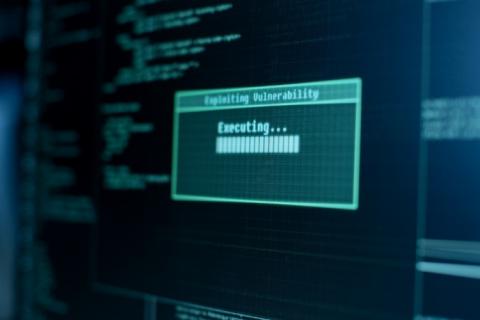Endpoint Protection & Artificial Intelligence - Future
Gone are the times when endpoint protection was limited to installing an anti-virus and expecting a reasonable level of protection. With the introduction of Bring Your Own Device (BYOD) and increasing number of IoT devices, there are more endpoints than ever and so are the security threats associated with them.








